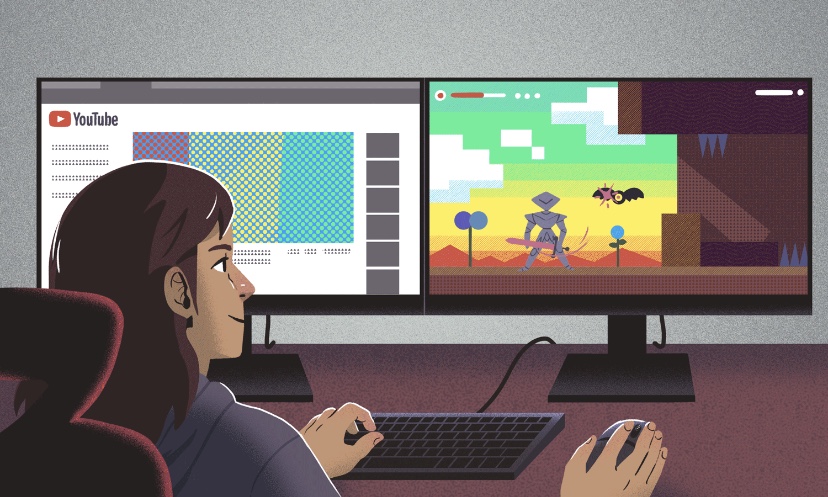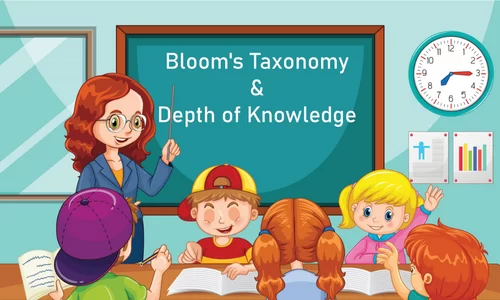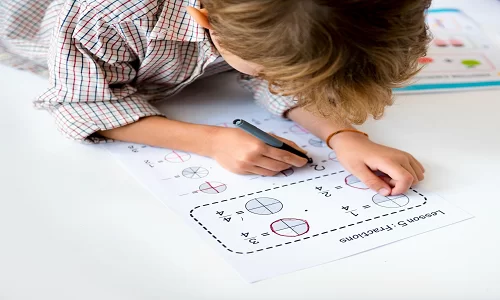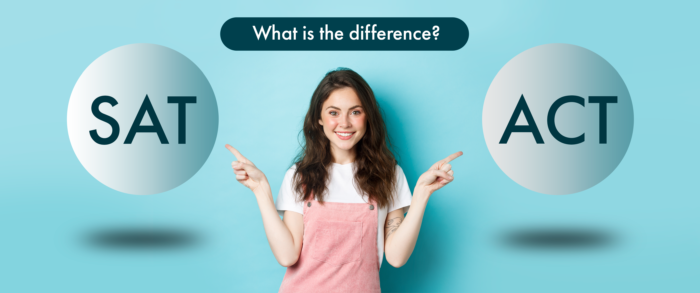Stealth Assessment, as the name implies, is a covert method of evaluating student competency through the use of digital video games. The natural creativity and talents of students and young people have long fascinated artificial intelligence and modern technology. They have developed a slew of tests and assessments to examine and measure these attributes and competencies.
The term “stealth assessment” was first brought into use in 2005 to describe a method of assessing innovation in video games. When a person engages in complicated, goal-oriented tasks while playing video games, the abilities and tactics he employs to overcome hurdles and obstacles are motivated entirely by the thrill of accomplishment. In this regard, the skills used at the time were the most accurate in assessing non-evaluable attributes such as persistence, ingenuity, and strategic thinking. Educators refer to this type of skill evaluation as Stealth Assessment.
What Is Stealth Assessment?
The phrase “stealth assessment” was brought into use by Valerie Shute in 2005 to characterize the automated assessment procedure of a system called Smithtown that was designed to teach microeconomic principles. Valerie Shute and Matthew Ventura study a method for embedding performance-based assessments in digital games in their book Stealth Assessment.
Simply put, stealth assessment is evidence-based evaluation. Educators dub this method of continuously monitoring a person’s progress while offering automatic responses “Stealth assessment.” It is now used in educational games and simulations. Assessors can seamlessly integrate it into the structure of learning experience. Pupils naturally develop rich sequences of actions while accomplishing complicated tasks during gameplay. In doing so, they rely on the precise skills or competencies that educators want to evaluate.
Basic Principles Of Stealth Assessment
Stealth Assessment is when testing is smoothly woven into the fabric of the learning or gaming environment to the point where it is nearly undetectable. This, in turn, blurs the line between learning and evaluation. It is designed to be imperceptible and continuing, to support learning and reduce test anxiety without jeopardizing validity and consistency.
The following are the basic principles of Stealth Assessment:
- The software examines pupils’ actions in a computer game or simulation.
- The system adjusts the game’s structure to help students learn. For instance, it introduces new hurdles and obstacles based on their performance.
- Rather than having distinct stages or tests, the strategy keeps the game running by integrating instruction and assessment within the game.
- The technology creates a dynamic representation of the learners to show their skills and talents.
- By blurring the boundaries between assessment and learning while performing a complete diagnostic, it reduces test anxiety among students.
Design And Model Of Stealth Assessment
Evidence-centered design is the methodology that underpins stealth assessment. Robert Mislevy, Linda Steinberg, and Russell Almond coined the term “evidence-centered design” in the late 1990s to describe an assessment design approach. In general, the goal of any assessment is to gather data that allows an assessor to make accurate conclusions about what students know, think, and can accomplish, and to what extent they can do it. Precise conclusions about competency states improve educational decisions that promote learning.
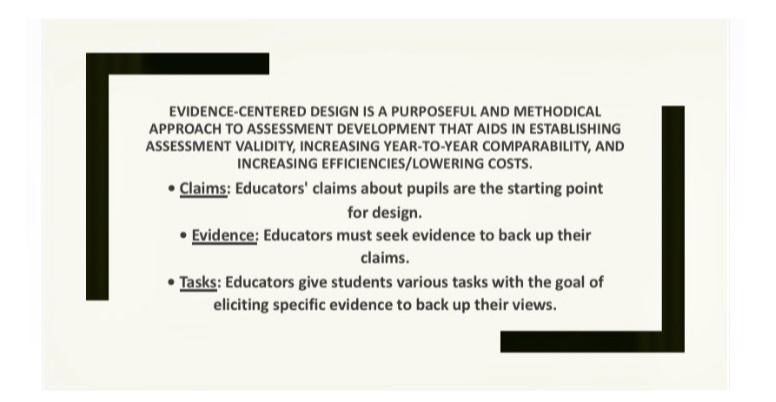
Evidence-based design is a framework that comprises numerous interconnected conceptual and computational models. According to the framework, an assessor must:
– define the claims they make about the abilities of learners.
– determine what constitutes admissible evidence in support of the claim.
– identify the types of tasks or situations that elicit the evidence.
The article will now describe each of these models in detail below:
1. Competency Model
The Competency Model always asks, “What set of knowledge, skills, and other characteristics should be assessed?”
Competencies are broad in scope since they include both technical and necessary skills. Moreover, they include soft skills, such as knowledge, behaviors, and abilities. The competency model comprises a collection of competencies. The variables in the competency model indicate the set of human traits that assessors use to draw conclusions.
2. Evidence Model
The evidence model, on the other hand, asks, “What behaviors or performances should indicate the structures defined and organized in the competency model?”
An evidence model explains how educators can use a student’s interactions with and reactions to a specific challenge to support competency model variables. The evidence model addresses two questions:
(a) How do distinct competencies manifest themselves in actions or performances?
(b) In terms of statistics, what is the link between such behaviors and the competency model variable(s)?
In a nutshell, an evidence model explains why and how we can use observations from a specific task setting (that is, student performance data) to back up claims about competency model variables.
3. Task Model
Finally, the task model always asks, “What are the types of tasks or scenarios that assessors can develop in order to elicit evidence-gathering behaviors?”
A task model is a framework for describing and constructing situations in which a learner might participate in order to provide evidence for particular aspects of knowledge or skill associated with competencies. As they interact with tasks or difficulties during the problem-solving process, learners supply a continuous stream of data to the evidence model. The model converts data (such as scores) into probabilistic assessments of competency. The competency model then updates the assertions about relevant competencies based on the evidence model’s findings.
In short, evidence-centered design is a way for developing assessment tasks that are explicitly related to assertions about human capabilities through a chain of evidence. As a result, they are appropriate for their intended use.
Opportunities And Challenges
When the assessment tactics, game, and simulated world are all built together through an evidence-based design process that includes not only the assessment but also the gameplay, stealth assessment works well. However, adding dynamic assessment to a pre-existing game or simulation is a less successful strategy.
Learners can get rapid feedback on their actions using stealth assessment approaches. Moreover, teachers can get information on how each student is developing inquiry, critical thinking, decision-making, and creativity abilities. This work is still in its early stages, and it is unclear whether stealth assessment methods must be designed from scratch for each game and topic, or whether common design principles may be used.

Stealth Assessment Explained In A Practical Scenario
The non-intrusive nature of stealth assessment, which has roots in gaming, is the key to its success. The idea is that a player’s decisions and strategies inform them of their progress and success on a regular basis. When it comes to education, stealth assessment is an effective way to reduce and eventually close the teaching and learning urgency loop. Because of the stealth assessment principle, current and future technologies should create a fundamental shift in training, not merely a slight tweak.
As previously said, both the teacher and the learner have the ability to observe, provide, and receive rapid feedback. In addition, they are capable of participating in the thoughts, insights, and observations of learning as they happen. The “student as worker, teacher as guide” approach, in which learners are primary architects of their own learning, requires participatory learning and assessment. They co-author, co-construct, and co-produce knowledge, meaning, and application. Furthermore, in the twenty-first century, critical thinking, study, and assessment of ideas, concepts, and structures are necessary abilities.
Educators limit their existing capacity to assess children by basing it on a very small number of test items. They are able to more accurately assess pupils when they move to a seamless assessment paradigm. This is because they have access to a significantly larger collection of pupils’ learning data. Educators can better support student learning across a range of essential educational topics with more accurate evaluations.
Image Sources: Shutterstock
Also Read: Formative Assessment Tools For Classroom Learning
For more information on Stealth Assessment, visit our blog.
Create. Engage. Inspire.

